Young researchers fostered
by the Element Strategy Initiative
Expanded Interviews
Researchers from different fields of specialization and overseas students mixed together and studied. The research centers of the Element Strategy Initiative provide an ideal opportunity for the fostering of human resources.
We listened to the views of researchers in charge of research at the centers, people who have graduated from the initiative and conduct research in Japan, and those who are spreading their places of activity to the global platform.
Elements Strategy Initiative Center for Magnetic Materials (ESICMM)
Tokodi Institute for Element Strategy (TIES)
Elements Strategy Initiative for Catalysts and Batteries (ESICB)
Element Strategy Initiative for Structural Materials (ESISM)
My research
The goal of my research is to realize even greater strength and ductility in structural materials, such as steels that are used extensively throughout society. Specifically, I am attempting to elucidate the deformation nature of such materials in order to determine what occurs in the materials at the microstructural level during deformation and how that relates to strength and ductility.
This is the interesting part!
I get a great sense of satisfaction when, through my own approach, I can quickly solve complex problems having no apparent solution. Occasionally I fail due to an incorrect hypothesis, for example, but research is a process of trial and error. I believe that persistence in research will almost certainly lead to positive results.
Research and dreams I want to pursue
I would like to delve deeper into research on the deformation behavior of heterogeneous materials. For example, in a mix of soft and hard materials, I would like to quantitatively evaluate the deformation behavior of each ultimately in order to pin down and clarify their deformation natures.
As the next leaders in materials research
With a deeper understanding of the basis of deformation in metal materials, I expect we could achieve sufficiently strong and ductile metals simply by controlling the structures of conventional alloys, without having to add special elements. When I think of the major challenges facing the next generation, such as how we can efficiently use our limited resources, I realize that research on element strategies is valuable and must be continued.
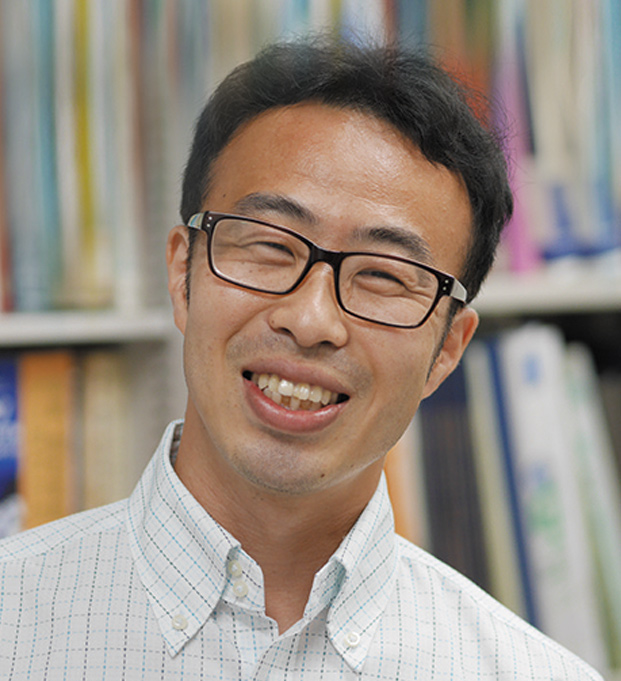
Park Myeong-heom
Elements Strategy Initiative for Structural Materials (ESISM)
My research
I use first-principles simulations to elucidate the mechanisms of material properties in order to discover new electrolyte materials for batteries and search for new materials after applying data-driven science to automatically identify a large number of candidates. I am also thinking about applying these techniques to magnet materials in addition to battery systems in an effort to develop high-performance materials.
This is the interesting part!
Through close discussions with experimentalists, I try to gain a basic understanding of the properties intrinsically needed in these materials and formulate my own hypotheses based on this understanding and the experimental evidence. Proving these hypotheses through first-principles simulations is what is fascinating about my research. I am extremely pleased when I learn that my predicted experiment results were obtained. Recently, I have been thinking about trying to propose new materials using materials informatics.
Research and dreams I want to pursue
I would like to discover materials with actual industrial uses by proposing new materials and working with researchers in the lab to synthesize and measure them. Personally, I would like to apply currently available materials search schemes to a wide variety of actual materials, whether they are liquid, solid, organic, or inorganic, to clarify what search techniques are effective for what groups of materials. I hope to be able to carry out research while in discussion with university and company researchers in a variety of fields.
As the next leaders in materials research
What is the best approach to manufacture new materials having required functions? To answer this, I would like to increase the number of model cases obtained through both mechanism elucidation and new material proposals. At the same time, I would like to contribute to materials science through strong collaboration with researchers around the world who share a common recognition of the issues.
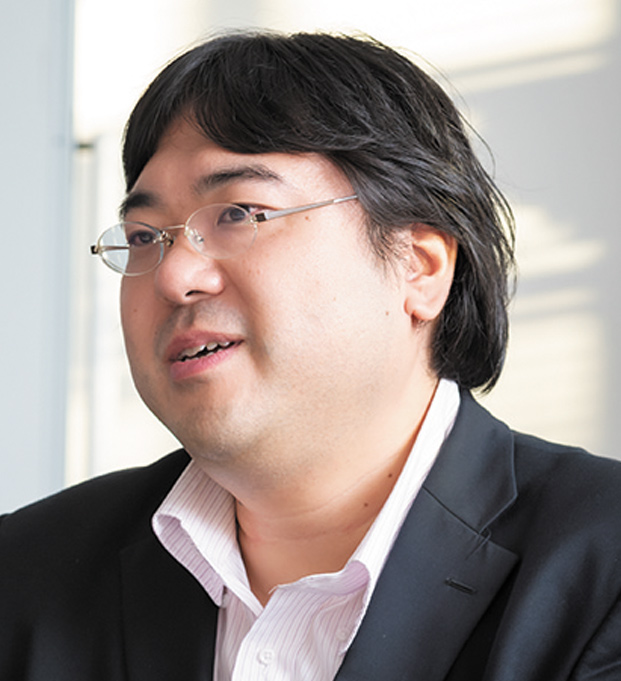
Keitaro Sodeyama
Elements Strategy Initiative for Catalysts and Batteries (ESICB)
Currently at the National Institute for Materials Science
My research
In my research I use elementary particles known as muons with a technique called muon spin rotation/relaxation to study the magnetic properties of materials. When used as a light isotope of hydrogen, muons exist as a dilute impurity in the target material, such as a semiconductor or a solar cell material, and I study the properties of the material based on their behavior.
This is the interesting part!
Hydrogen is one of the primary research themes at TIES. Without the use of muons, there is no other method to investigate the nature of hydrogen in the dilute limit, and it is fascinating to be able to conduct such unique, creative research. I infer what events occurred based on the experimental data and construct a model to perform analyses. When the data is accurately reproduced, all my concerns melt away.
Research and dreams I want to pursue
With the recent rapid advances in computer capacity, even researchers such as me who have no specialization in theoretical calculations can perform simulations with considerable precision. I would like to systematically investigate impurity hydrogen in various functional materials using muon experiments and simulations to probe for any regularities or tendencies.
As the next leaders in materials research
There are numerous substances on this planet Earth that possess the potential to function as semiconductors or solar cell materials but have not yet been developed. I intend to conduct research unconstrained by convention but based on knowledge gained to date in order to increase our understanding of impurity hydrogen, which is a factor that impedes the development of practical materials.
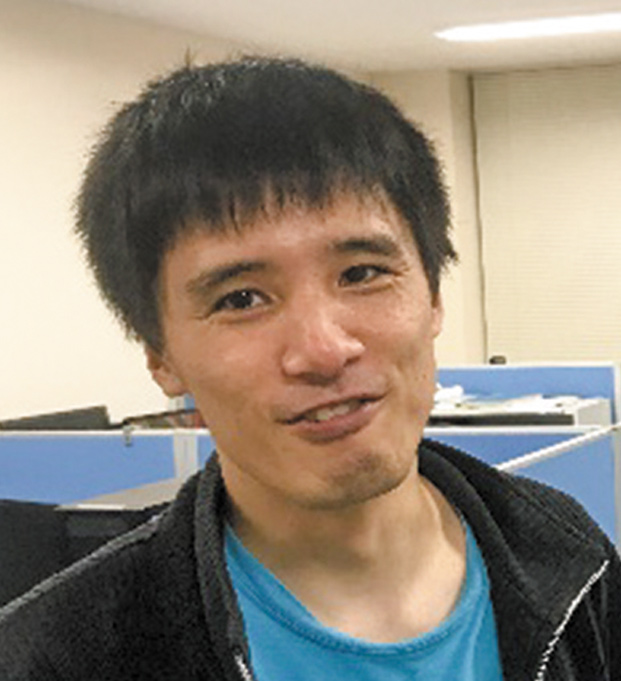
Masatoshi Hiraishi
Tokodi Institute for Element Strategy (TIES)
Currently at the High Energy Accelerator Research Organization
My research
I participated in the Element Strategy Initiative for three years beginning from 2013. At that time, I was interested in how the structure and quantity of crystals changed throughout the annealing process since, despite their trace quantities, the crystals greatly contributed to the performance of sintered neodymium magnets. To replicate the process, I incorporated a sample heater and took measurements using synchrotron radiation x-ray diffraction.
This is the interesting part!
Because x-rays with excellent brightness and directivity can be used for measurements in synchrotron x-ray diffraction, each measurement takes a short amount of time, enabling us to obtain detailed information on crystal structures. During the annealing process of sintered neodymium magnets, it is fascinating to track the moment-by-moment changes in the structure and quantity of the crystals.
Research and dreams I want to pursue
I will continue to provide crystal structure information on materials central to the moment-by-moment changes that occur during processes on magnetic materials under development to clarify what aspects (maximum temperature, temperature gradient, crystal content, etc.) of material development contribute to improved performance. I hope to use the results of these studies to formulate guidelines for the creation and development of the next new magnet.
As the next leaders in materials research
For me, the attraction of materials research is how, even among a collection of common elements, new properties sometimes appear depending on how the elements are collected. It is in these times that I can experience first-hand how “more is different.” I try to draw out functions having the most benefit while carefully selecting elements from among our finite resources. My hope is that an infinite number of new functional materials will be created from the element strategy and materials research.
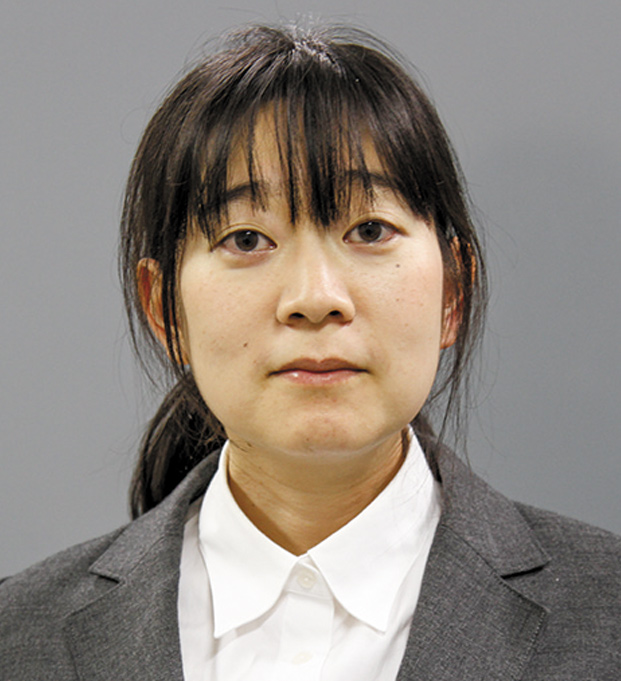
Wakana Ueno
Elements Strategy Initiative Center for Magnetic Materials (ESICMM)
Japan Synchrotron Radiation Research Institute (JASRI)/SPring-8
My research
My current research topics include using atomistic simulations to validate theories in high entropy alloys, combing through data banks using deep learning to develop high-performance radiative cooling materials, and providing density functional theory (DFT) calculations to interpret experimental findings in facet-dependent photocatalytic activity examination.
This is the interesting part!
My research interests are centered on exploring and developing advanced structural and functional materials using computational materials science. Knowing that we may be able to provide new insights into existing hypotheses of materials is what I find interesting in my research.
Research and dreams I want to pursue
My dream as a researcher is to motivate more young people to engage in materials research that can bring benefits to our society and environment.
As the next leaders in materials research
I am most grateful for the research support and education the Element Strategy Initiative has given me. From this day forward, I will meet every challenge in the spirit of the Element Strategy Initiative.
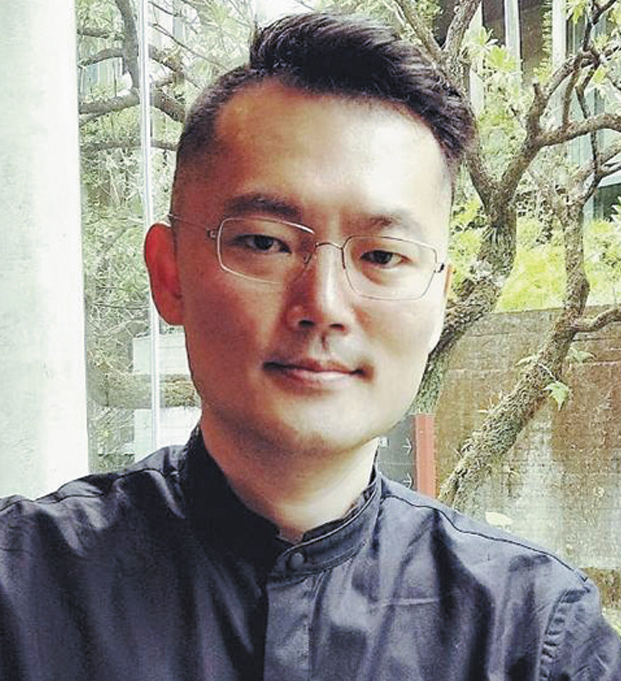
Lo Yu-Chieh
Elements Strategy Initiative for Structural Materials (ESISM)
Currently at the National Chiao Tung University (Taiwan)
My research
The mission of the research department to which I belong is “to accelerate and advance the development of functional materials through digitalization.” For my part, I conduct research on lithium-ion batteries and photofunctional materials using theoretical chemistry simulations and machine learning techniques. With the former, I feel that I can directly utilize my experiences cultivated in the Element Strategy Initiative.
This is the interesting part!
The interesting part of research is working with researchers having diverse backgrounds and a team working toward the same goal. While theoretical and computational chemistry are my areas of expertise, most of my colleagues specialize in machine learning. I have discussions with experimental researchers in this project while conducting research aimed at realizing the common objective of creating better materials. Each researcher has their own strengths and expertise, and those moments that our talents mesh and complement each other are a joy that cannot be expressed with words.
Research and dreams I want to pursue
There is something about chemistry that I have been fond of since I was a child. I think I just enjoyed transforming things. One of the manga I was reading in my youth had a character who could manipulate elements and energy at will. I was extremely envious of him. I decided to major in theoretical and computational chemistry with the idea that I could control atoms and molecules, albeit virtually on a computer, but it is my dream to actually transform matter and energy as I wish outside the computer.
As the next leaders in materials research
While it may be called a highly developed science, materials research based on the element strategy certainly produces magic seeds. Although this magic may actually be the product of unglorified trial and error, the aim of my research is to achieve with my (our) own hands technologies for building a new world.
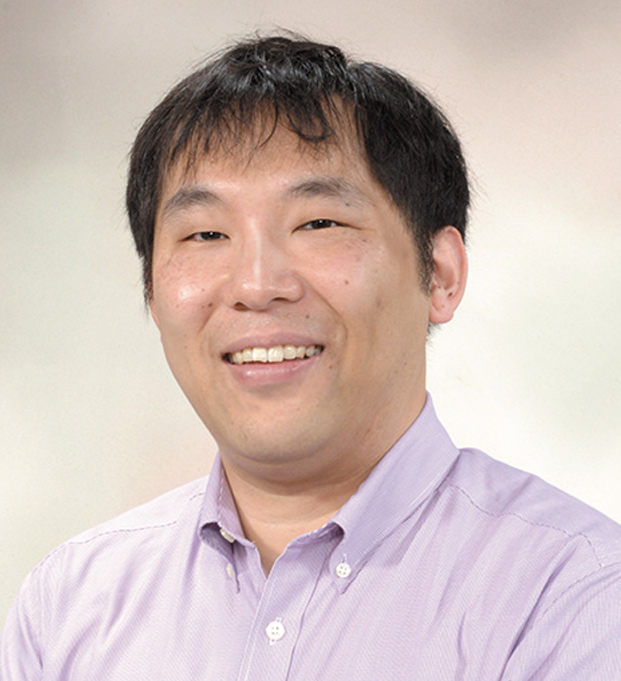
Masaki Okoshi
Elements Strategy Initiative for Catalysts and Batteries (ESICB)
Currently at Panasonic Corporation
My research
My research involves exploring new materials for use as ferroelectrics and piezoelectrics. Ferroelectric and piezoelectric materials are used in sensors and memory and are indispensable for the recent information society. Lately, I have been conducting research aimed at improving the properties of ferroelectrics and piezoelectrics by synthesizing new materials, particularly through thin film deposition.
This is the interesting part!
The properties of new ferroelectric and piezoelectric materials are difficult to verify since most exist in a metastable phase rather than a phase that can be synthesized using a solid-phase method. Moreover, insulation cannot be ensured without a high-quality sample. For this reason, I find it very interesting to contemplate what technique can be used to synthesize the target material, and it is very gratifying when the properties are successfully revealed.
Research and dreams I want to pursue
Ferroelectric research has been primarily focused on studies of perovskite-type crystal structures in inorganic materials, but in recent years ferroelectrics with different crystal structures have emerged, expanding the range of candidate materials. One of my goals is to create ferroelectrics with well-known crystal structures.
As the next leaders in materials research
One aspect of the discovery and development of new functional materials is finding applications in industry, while another is attracting academic interest for investigating the principles and theories of functional development. By incorporating advanced techniques in measurements and computational science, I would like to conduct research on the properties of dielectrics and other materials that will draw much interest and have a great impact.
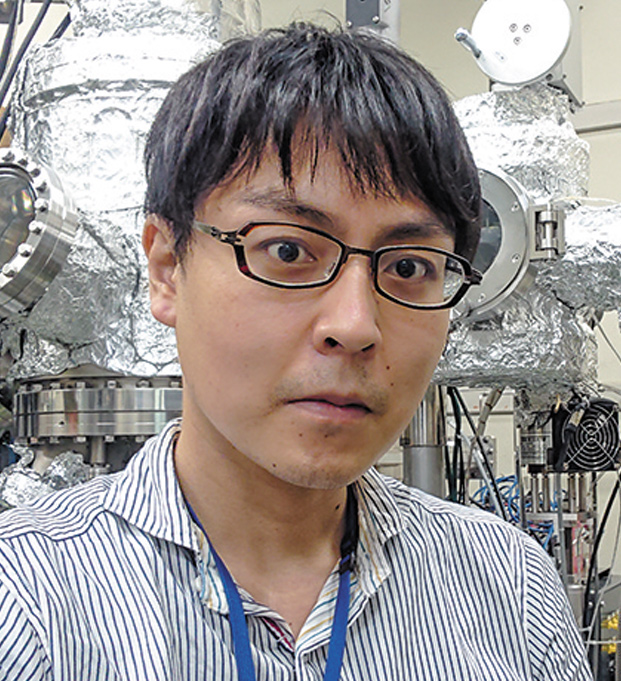
Takao Shimizu
Tokodi Institute for Element Strategy (TIES)
Currently at the National Institute for Materials Science
My research
I have been engaged in the development of processes and the design of compositions for powder materials aimed at improving the performance of neodymium magnets used in electric motors for hybrid and fuel cell vehicles. Specifically, I am trying to improve performance by fabricating samples, analyzing their microstructures and magnetic structures, and clarifying their mechanisms of coercivity.
This is the interesting part!
While I formulate hypotheses, conduct experiments, and study their results, I feel great pleasure upon finding my hypothesis was correct. But the fascinating aspect of research is that even incorrect hypotheses can lead to unexpected discoveries.
Research and dreams I want to pursue
Since I was a student, my dream has been to create the world’s strongest magnet. Utilizing TDK’s strengths in materials technology and production and analytical techniques, I hope to realize that dream.
As the next leaders in materials research
The knowledge I have gained over five years of research in the Element Strategy Initiative and at the National Institute for Materials Science is precious and irreplaceable. I will do my best to utilize these lessons in order to contribute to society.
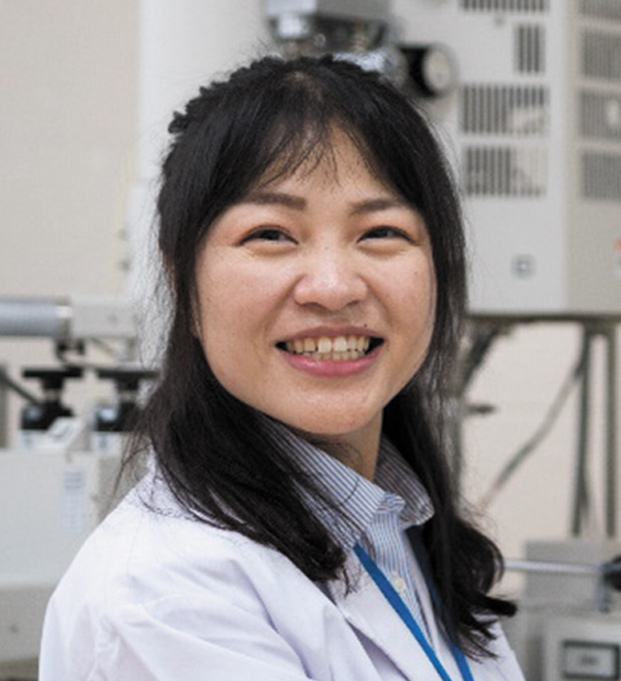
Liu Lihua
Elements Strategy Initiative Center for Magnetic Materials (ESICMM)
Currently at TDK Corporation
My research
While deformation and fracture of structural materials are often considered large-scale issues, such as with buildings and vehicles, these phenomena are actually induced by the accumulation of microscopic physical phenomena in nanoscale and atomic scale. In my research, I apply transmission electron microscopy to visualize materials in nanoscale and atomic scale in order to elucidate mechanical phenomena that occur inside structural materials.
This is the interesting part!
Our mission in the Element Strategy Initiative is to develop new materials having exceptional properties even with our limited resources and to bring about innovation aimed at achieving a sustainable society. Since structural materials account for a particularly large percentage of materials in practical use, I find my research interesting in that I can make a great impact on the environment and contribute to the future of our society.
Research and dreams I want to pursue
The mechanical properties of materials are largely influenced by their internal microstructures and textures, as well as their constituent elements. This suggests the potential to obtain a new material having better properties without using rare elements. My objective is to clarify the mechanisms that determine properties by understanding the mechanical properties of materials from the atomic level, which will lead to foundational principles for designing new structural materials.
As the next leaders in materials research
I understand that the formation of a sustainable society with today’s technological innovations is an urgent task for our future. I believe that I can contribute to the solution by studying materials, which constitute the starting point of all manufacturing. Since the Element Strategy is absolutely essential for achieving a sustainable society, I would like to continue pursuing materials research for the future.

Shun Kondo
Element Strategy Initiative for Structural Materials (ESISM)
Currently at Chalmers University of Technology (Sweden)
Overseas Research Fellow, Japan Society for the Promotion of Science (JSPS)
My research
My research is related to electronic devices such as light-emitting elements and transistors. Research on electronic devices spans across an extensive range of fields. My main goal is to unearth new functional materials and utilize their inherent properties to achieve some of the most advanced devices in the world.
This is the interesting part!
Since electronic devices are complex systems configured of various dissimilar materials, research on this subject closely resembles solving simultaneous equations with multiple unknowns. Generally, a good device cannot be produced simply by assembling materials considered to be exceptional, no matter how many. The key is always some hidden intrinsic quality and finding that key is no easy matter. But while gathering hints here and there through experimentation, the solution can appear unexpectedly. Once you’ve experienced the joy and excitement of that moment, you will never want to do anything else.
Research and dreams I want to pursue
The main goal of my research is to improve the properties of existing electronic devices. This involves elevating the most promising devices to a practical level, but eventually I would like to try my hand at more challenging research. My dream is to construct devices based on entirely new concepts. The Earth still possesses so many materials that exhibit unique properties. I would like to make skillful use of these unique properties to express my own originality.
As the next leaders in materials research
Diverse researchers employ their individual methods and ways of thinking to achieve a single important objective. I think this is the power of the Element Strategy Initiative. Through this project, we have grown immensely as researchers and have experienced the joy of “turning matter into usable materials,” which has clarified the direction of future research.
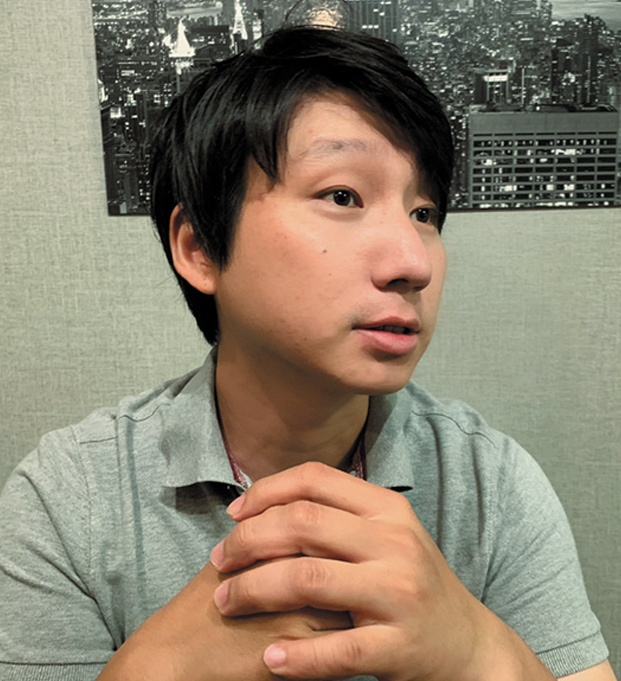
Kim Junghwan
Tokodi Institute for Element Strategy (TIES)
My research
The development of alternative catalytic materials for automotive emission control based on cheap and abundant base metals, which exhibit ensemble and ligand effects by compositing multiple metals, is one of my research interests. I would like to propose new catalysis with excellent catalytic functions comparable to those of platinum-group metals (PGMs) that are widely used as automotive catalysts today.
This is the interesting part!
Finding a replacement for PGMs in catalytic chemistry is extremely difficult because of the unique physicochemical features inherent in their atomic structures, and many researchers have tried but failed to develop a suitable substitute. The challenge of such difficult research is what excites me.
Research and dreams I want to pursue
In addition to environmental catalysts, I would like to develop catalytic materials for energy and chemical products that contribute to the creation of a sustainable society. I am also interested in the chemical transformation of abundant H2O or CO2 to value-added materials using environmentally benign processes.
As the next leaders in materials research
We should strive to gain a better understanding of not only the fundamental feature of each element but also the physicochemical features in different environments such as adjacent atoms, co-present gas compositions, and thermal conditions. Strategies for controlling or enhancing features of elements may prove effective in future materials research.
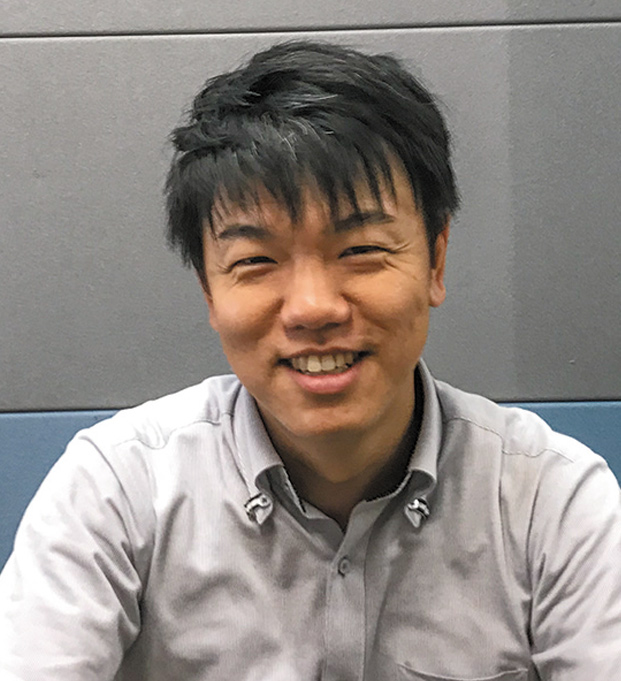
Hiroshi Yoshida
Elements Strategy Initiative for Catalysts and Batteries (ESICB)
Currently at Kumamoto University
My research
I am exploring processes for synthesizing powders with the aim of developing a new material for permanent magnets. Rare-earth elements are important components of permanent magnet materials as they greatly influence the material properties. Since rare-earth elements are very susceptible to oxidation, all processes must be conducted under ultra-high vacuum or in an inert atmosphere, and I am always watchful of the oxygen levels.
This is the interesting part!
The joy of being able to learn something no one else knows before everyone else and the indescribable sensation at that moment on the threshold between a sense of accomplishment and a feeling of skepticism about the results is enormously appealing. The exhilarating feeling you get when you can dispel those doubts is something I want to savor again and again.
Research and dreams I want to pursue
Metals used as permanent magnets are the materials most prone to rusting. Through the unique processes used for handling materials that easily rust, I would like to discover and develop not just materials for permanent magnets but other new materials with the power to transform the world.
As the next leaders in materials research
Materials research is built on a vast amount of empirical evidence collected by our predecessors. In recent years, machine learning based on this empirical evidence has made it possible to predict to a degree the properties of materials without experimentation, although ultimately it is still necessary to synthesize the predicted materials. I hope to contribute to the creation of new materials by developing new processes for synthesizing materials that have been difficult to produce using conventional processes.
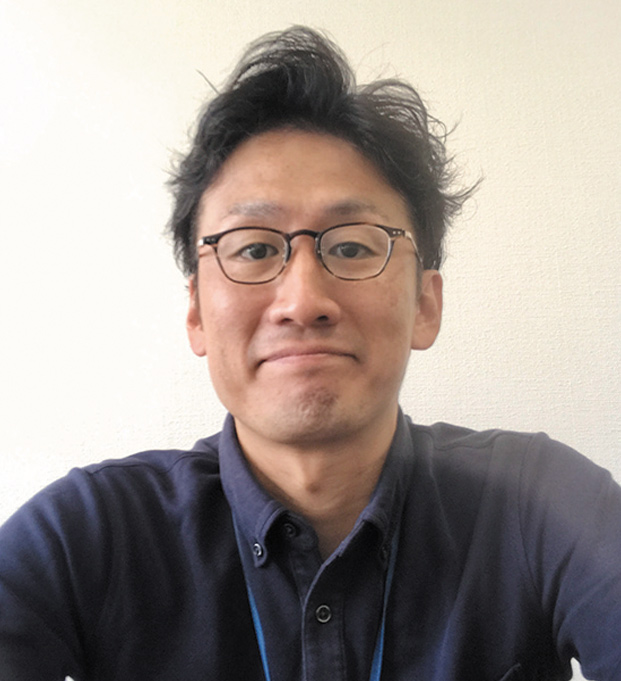
Yusuke Hirayama
Elements Strategy Initiative Center for Magnetic Materials (ESICMM)
Currently at the National Institute of Advanced Industrial Science and Technology (AIST)